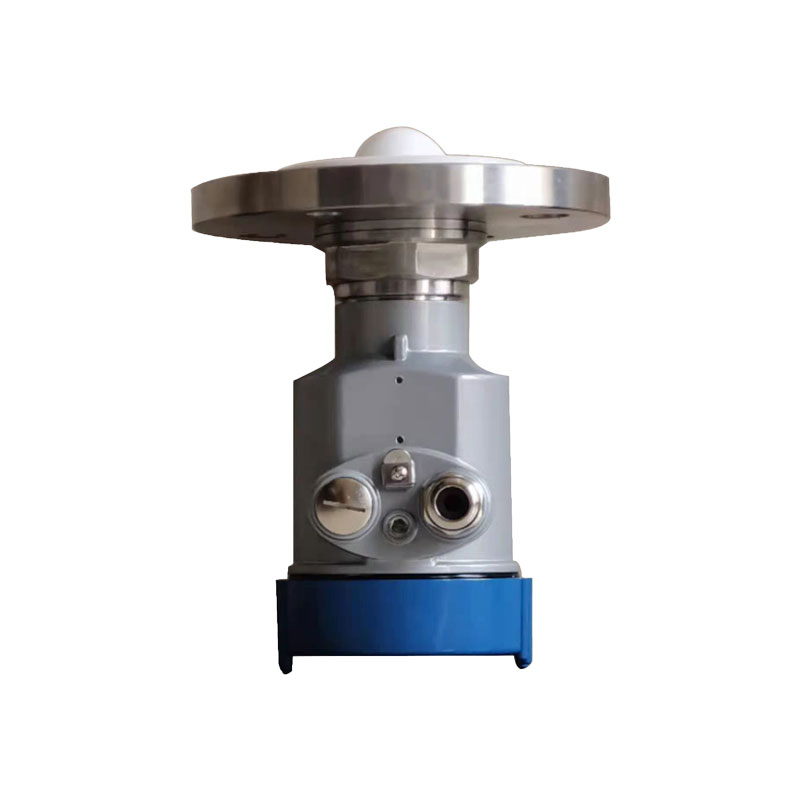Meteorological environment monitoring equipment supplier
Insist on doing high-precision customer favorite technology products

1. High Accuracy Radar Level Sensor product principle
High Accuracy Radar Level Sensor using millimeter wave non-contact radar testing technology to achieve high precision distance testing.Radar level gauges use Frequency Modulated Continuous Wave (FMCW) technology. The antenna emits a high-frequency FM radar signal, and the frequency of the radar signal increases linearly. The emitted radar signal is received by the same antenna after being reflected by the measured medium. At the same time, the frequency difference between the frequency of the transmitted signal and the frequency of the received signal is proportional to the measured distance. The frequency difference signal collected is subjected to fast Fourier transform (FFT) to obtain the spectrum of the reflected echo, and the distance to the target to be measured is calculated based on this.
2. Technical parameters of High Accuracy Radar Level Sensor
Measuring medium: highly corrosive or non-corrosive liquid, steam, foam
Measuring range: 0.1m~10m
Process connection: flange ≥ DN50
Process temperature: -40~130℃
Process pressure: -0.1~2.5MPa
Antenna size: 42mm lens antenna (determined according to flange size)
Antenna material: PTFE
Accuracy: ±2mm (measuring range below 35m) ±5mm (measuring range between 35m-100m)
Protection level: IP67
Center frequency: 80GHz
Launch angle: 6°
Power supply: two-wire system/DC24V
Four-wire system/DC12~24V
Four-wire system/AC220V
Housing: aluminum/stainless steel
Signal output: two-wire system/4...20mA/HART protocol
Four-wire 4...20mA/ RS485 Modbus
3. Product features of High Accuracy Radar Level Sensor
The antenna is small in size and easy to install; the non-contact radar has no wear and pollution.
Almost unaffected by corrosion and foam; almost unaffected by water vapor, temperature and pressure changes in the atmosphere.
Serious dust environment has little impact on the operation of high-frequency level meters.
The wavelength is shorter and reflects better on tilted solid surfaces.
The beam angle is small and the energy is concentrated, which enhances the echo capability and helps avoid interference.
The measurement blind area is smaller, and good results can be achieved for small tank measurements.
High signal-to-noise ratio for better performance even under fluctuating conditions.
High frequency, it is the best choice for measuring solids and low dielectric constant media.